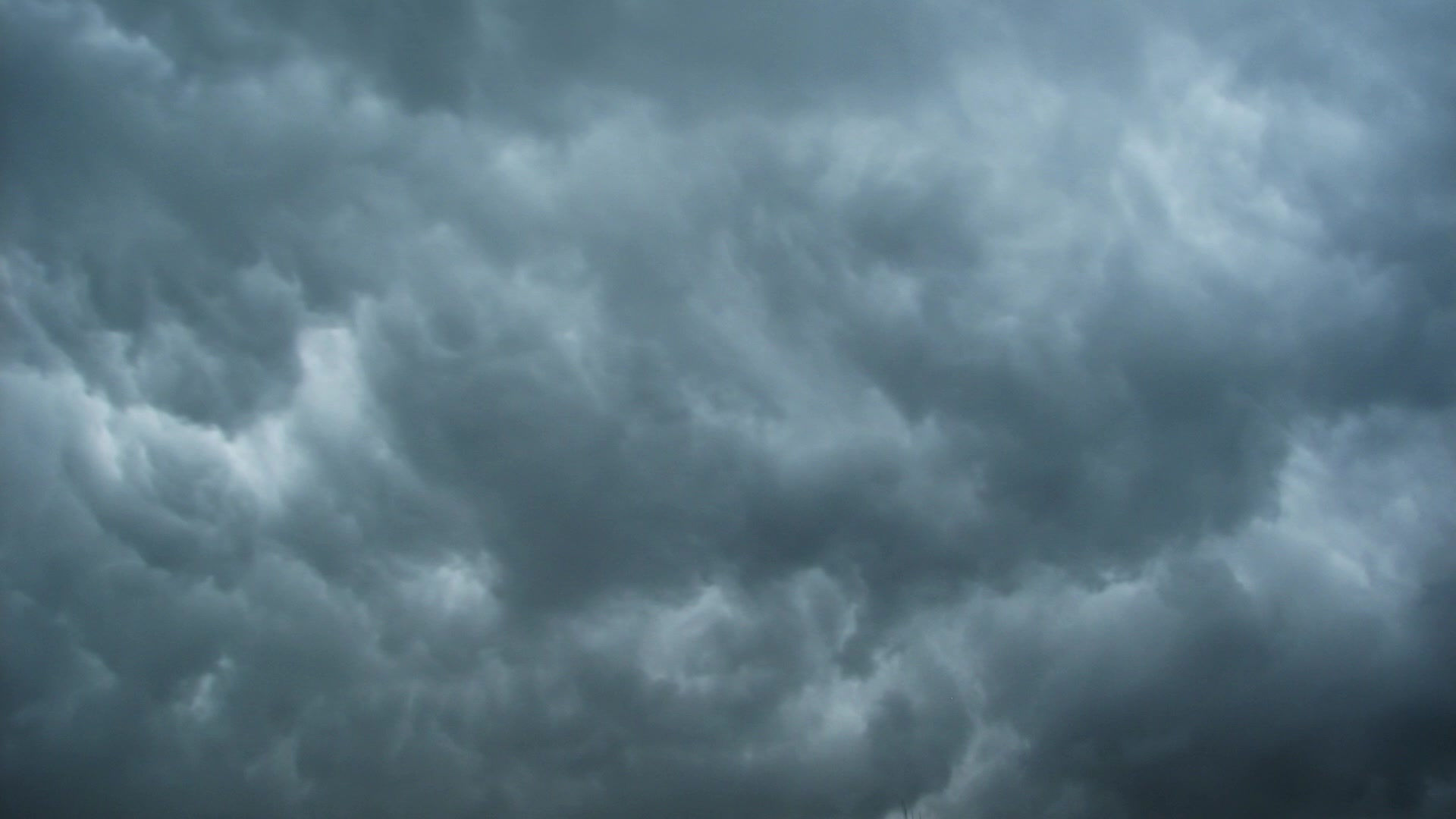
Landscapes of Conflict and Commemeoration..
Battlefield terrain post conflict is subject to natural and human processes that cause change over time. Certain features, particularly earthworks and landscape scarring, will gradually disappear. Modern warfare inclusive of 20th century and early 21st century conflicts worldwide may not be as easy to overcome due to the technologies employed. The objective of battlefield conservation is to reconcile the goals of commemoration with the relative value of restoration. The goals of habitat restoration are discussed more fully in Kissock & Johnston 2002.
Verdun Ossuairre ©ronjohnston2016

©ronjohnston2012
The Battle of Verdun battle, lasted from 21 February 1916 until 19 December 1916 caused over an estimated 700,000 dead, wounded and missing. The battlefield was not even square ten kilometres. The battle was relatively short lived in comparison to those conflict on the Somme but ordinance was intense. Ecological recovery and restoration has been patchy by design but largely due to the toxification of the surface and sub soils extending deeply down the soil profile, the result of some severe bombardment over an extensive area.
The WWI western front in Europe extended 725 km from the North Sea to the border of neutral Switzerland with an average depth of 20 km (on either side of the shifting front line) , the amount of land cratered by artillery equates to is a staggering 29,000 km2 (Keegan, 1998).
Beyond descriptions of the post-battle landscape appearance and brief mentions of the contemporary landscape (Webster, 1996; Westing and Pfeiffer, 1972), the post-conflict landscape development at Verdun has only infrequently have there been studied beyond its role as a commemorative landscape. never been studied (Hupy,2006 Hupy and Schaetzel 2008, 2004). This study aims to progress these studies further using analytical methodologies proven successful in similarly disrupted oligotrophic and habitats on upland heather moorland and industrially derelict land ( Johnston, 1998a, 1998b, 1999).
The ecological ability of a landscape to recover from various forms of disturbance is defined as resilience and is commonly measured using bio-ecologic indicators (Miles et al., 2001 ).
Measurable metrics of landscape resilience and recovery may enrich the work of historians and social scientists in their assessment of the short erm and longer term consequences of ecosystem disruption on such a scale. Metrics such as the interactivity of landscape elements such as surface instability and degradation, as well as soils which underpin ecosystem viability overall. In this respect these variables constitute a landscape memory and a record of assault and recovery (Johnston, 2002) and has many common factors with industrially derelict land of the past two centuries.
In scattered places, certain features, particularly earthworks and landscape scarring, are gradually are gradually disappearing, the result of surface weathering but this is not restoration to an original state nor does this seem possible with extensive conservation management( Summer season Johnston, 2004). The landscape has not reverted back to its original state. While some of the original Foret de Verdun has survived from an impoverished seed bank the greater portion of cover consists largely of a monoculture of conifer plantation forestry. Plantation forestry has been mainly a cosmetic exercise in the first instance to hide the scars of the conflict and now 90 years on is in poor condition and does not represent a viable ecosystem.
Cratered topography, the product of artillery bombardment has left a deeply altered landscape with a deep artificial hill and dale configurations. The forced vertical mixing of soil profiles has produced a highly heterogenous soils cape (Hupy, 2006; Hupy and Schaetzl, 2008) to some considerable depth and extent. The current study builds on these using numerical classification of vegetation (TWINSPAN) canonical correspondence analyses (CANOCO) of data collected between 2008 – 2011 of soils structure and chemical properties (Tables 3 & 4).
Disruption of previously stable environmental variables and microtopography.
Hupy, (2008) noted that comparatively smooth slopes that foster surface runoff are “now pocked with craters that range in size from several meters across and 1–2 m
deep, to craters that are 15 m in diameter with depths exceeding 10 m”.
Phillips, (1999, 2001) suggests the Verdun battlefield contains soil spatial patterns
soil evolutionary development. The data discussed in this paper suggest that these changes in soil development are greater and indicate progression in a different
paedogenic pathway.